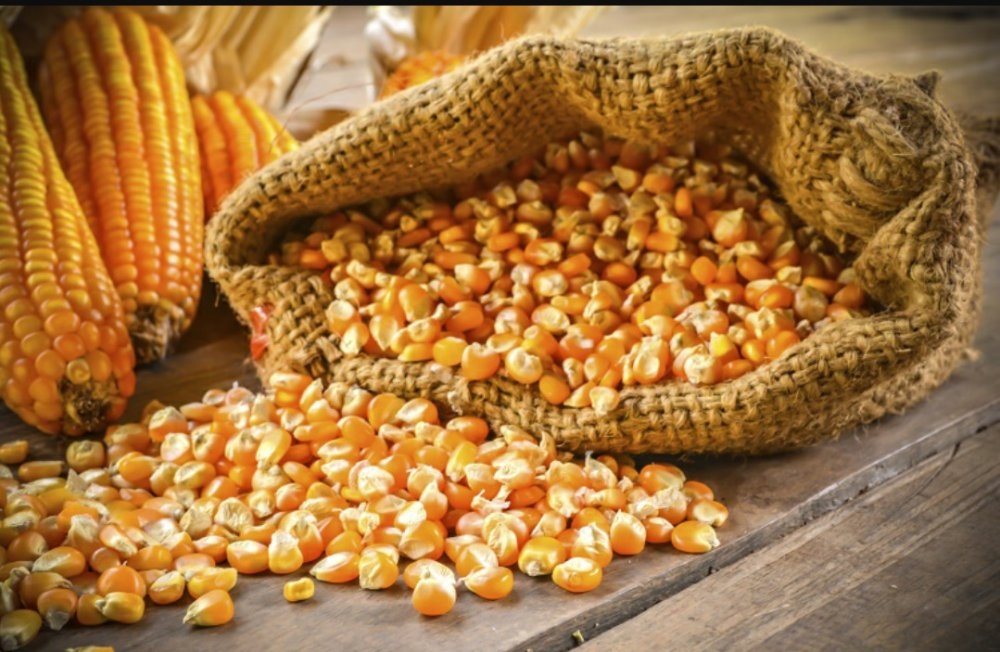Chaotic US tariff policy hampers soybean and corn export sales and may increase competition with Ukrainian corn in the EU and Africa

The US administration continues its tariff wars with other countries, creating problems for traders and US grain elevators. Uncertainty over tariffs on major trading partners, including China, has sharply reduced export sales of the new crop. Many countries have reduced advance orders and switched to spot purchases, making things difficult for elevators and traders who rely heavily on export demand.
According to a new analysis from CoBank Knowledge Exchange, continued uncertainty over new crop sales could force export-oriented grain elevators and traders to rely on local demand in the 2025/26 MY, which could be limited in some regions. Thus, elevators with significant dependence on risky export markets, especially China, may be forced to expand the basis for the new crop to attract local buyers. While the basis for corn, soybeans and wheat remains stable for now, its weakening could become a reality, especially for soybeans in northern states dependent on the Chinese market.
As of May 1, new crop sales in the United States are significantly below the 5-year average, with soybeans down 88.2% and corn down 26.9%, while wheat sales are slightly above average. China, the largest buyer of U.S. agricultural products, has not signed any contracts for soybeans, wheat or corn with the United States this year. Instead, it has increased soybean shipments from Brazil, suspended deals with three U.S. companies and contracted soybeans, corn and vegetable oil from Argentina. Mexico and Japan, the second and third largest markets for U.S. soybeans, have also significantly reduced new crop purchases, while wheat sales to the Philippines and Korea and corn sales to Japan and Latin America are below average.
The reduction in sales of the new crop is partially offset by active exports of the old crop and high domestic demand. Thus, in the 2024/25 MY, export sales of corn from the USA increased by 27% compared to the previous season, soybeans by 13%, and wheat by 14%.
Positive margins for soybean processors and ethanol producers, as well as strong livestock profits, support local processing. But for elevators and traders, who typically contract several months in advance, trade policy uncertainty remains a major concern.
Complicated trade negotiations between the US, China and other countries are hampering sales of the new crop of grains and oilseeds. Amidst uncertainty over tariffs, exporters will be forced to increase sales in non-typical markets, which will increase competition with other suppliers and change the market structure. For example, a sharp increase in supplies of cheap US corn to the EU this season has significantly reduced supplies from Ukraine.
Prices for Ukrainian corn in April-May reached $250-255/t FOB, while American corn was traded on the exchange at $180/t and offered at $245-248/t with delivery to Asian buyers.
China's rejection of American corn benefits other Asian countries, which can buy cheaper grain for use in animal feed and biofuels. Therefore, the United States has already increased supplies to South Korea, Japan, Vietnam and some other countries, while reducing exports to China.


